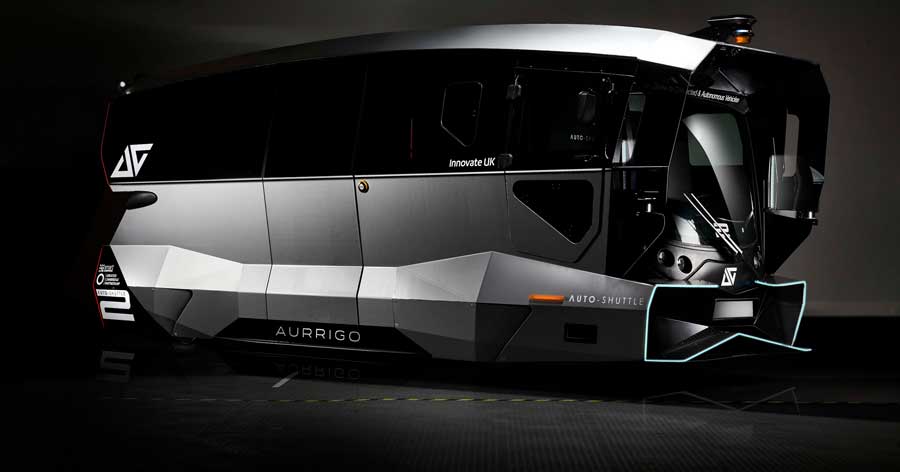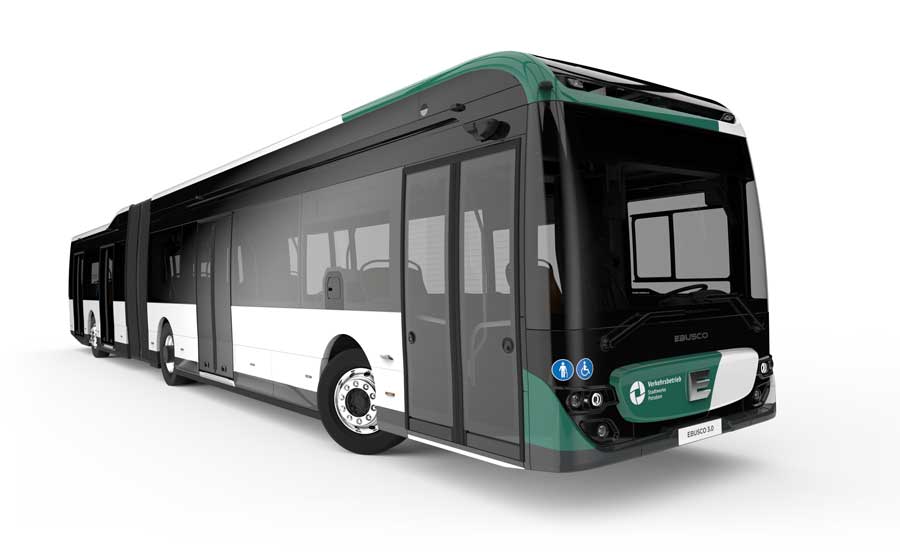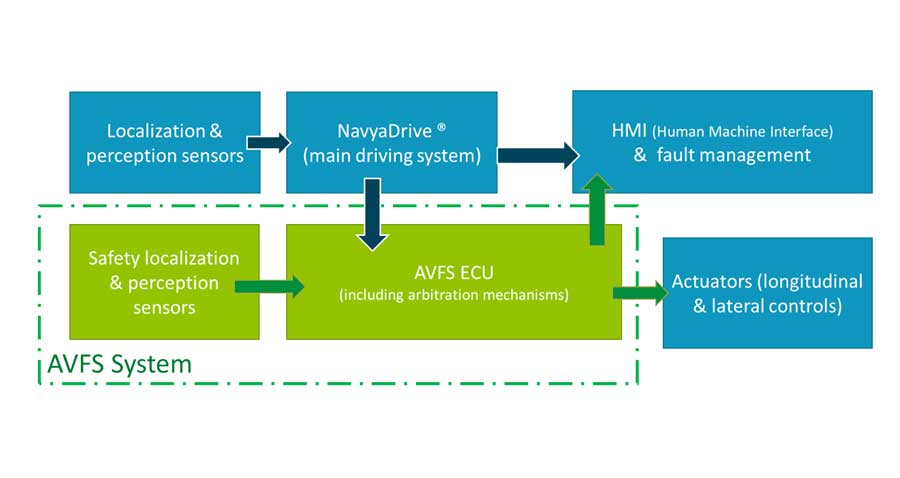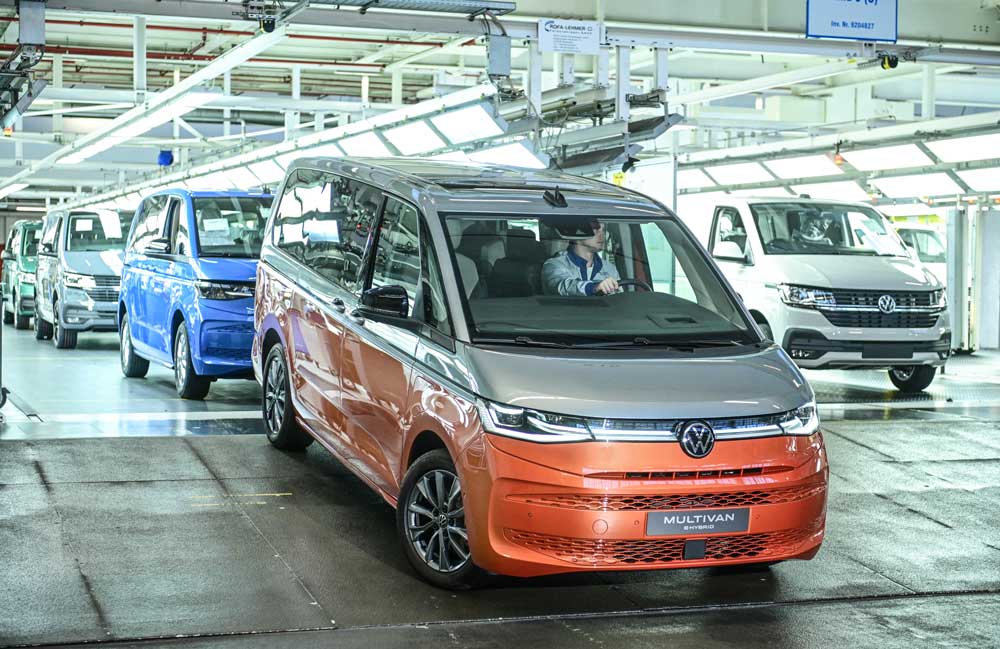Aurrigo International PLC has announced its leading role in the EU-Funded Living Lab for Autonomous Electric Vehicles, in which its Auto-Shuttle vehicles will run with a safety driver on board, while developing towards a goal of using remote supervisor monitoring, signalling a new era in autonomy in public transportation.
The project will be running across the European cities Prague, Brno and Milton Keynes and is conducted in collaboration with industry, operators, cities and University College London as the project leader.
The project is moving autonomous public transport to the next level of autonomy, by working towards removing the safety driver from the vehicle and using remote supervision. The project aims to build trust in autonomous driving, through a robust transnational safety framework as well as promoting user acceptance and trust in close collaboration with citizens, cities, operators, academia, industry, and policy makers.
By working with multiple cities in more than one country, the participants are gaining experience from different types of street layouts, road conditions and public attitudes to autonomy. This phase of the project will also examine integration with trip planning applications used in those cities.
The European project is a milestone in the autonomous journey of Aurrigo, as CEO David Keene explains: “Although we work all over the world, this is the first Auto-Shuttle deployment in mainland Europe for Aurrigo, and we are delighted to be working with such a prestigious group of partners to move towards this important step in autonomous public transport. The medieval, cobbled streets of Prague built before cars or buses were dreamt of are in stark contrast to the modern roads of Milton Keynes, which shows the importance of testing in multiple cities.”
“The Aurrigo Auto-Shuttle is a perfect vehicle for this project, because we create the vehicle, software and autonomous driving hardware in-house, to work in perfect harmony and this level of integration is vital when breaking new ground in driverless technology.”
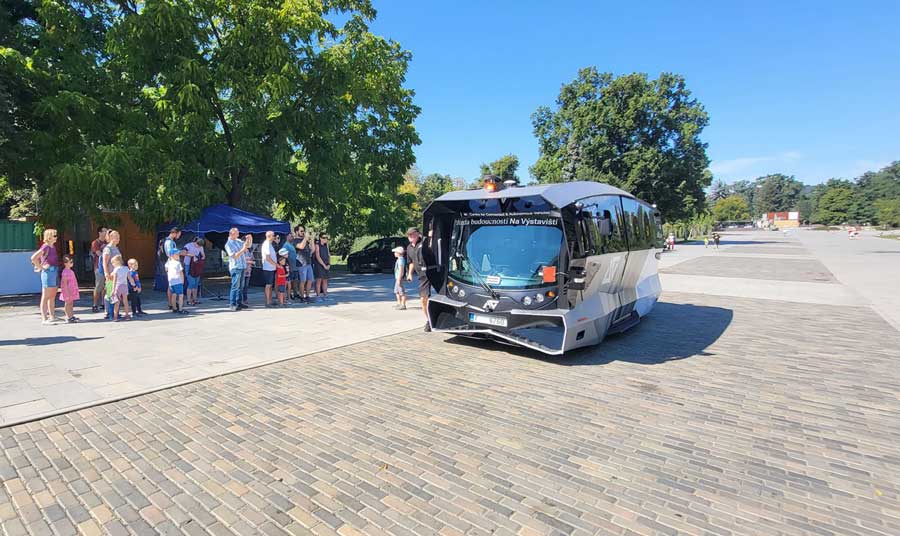
The Aurrigo technology suite on the Auto-Shuttle brings together LiDAR and cameras with its own in-house developed software to give the Auto-Shuttle a constant, 3D, all-weather picture of its surroundings to enhance safety and efficiency.
Professor of Intelligent Mobility at University College London,Bani Anvari explains the aims of the LivingAPT project: “Cities face challenges such as reducing emissions, improving the safety and mobility of cyclists or pedestrians, increasing quality of life for citizens. Driverless shuttles or pods can be a game changer for cities as they address many of these challenges. However, current solutions lack a transferrable regulatory and safety framework among European cities. Low public acceptance in combination with high investments in the new technology (incl. insurance and safety driver) are a barrier to adoption for many cities.”
“LivingLAPT will deliver sustainable driverless shuttle and logistics services among various European cities by phasing out the need for safety drivers in shuttles & moving towards remote operators who overlook a number of services simultaneously. This will be achieved through a robust transnational safety framework as well as promoting user acceptance and trust in close collaboration with citizens, cities, operators, academia, industry, and policy makers.”
90 percent of Aurrigo’s project costs (€274,820) come from the EU via the European Institute for Innovation and Technology (EIT), with 10 percent coming from Aurrigo (€30,506). The Aurrigo Auto-Shuttles began deployment on the 19th September.


